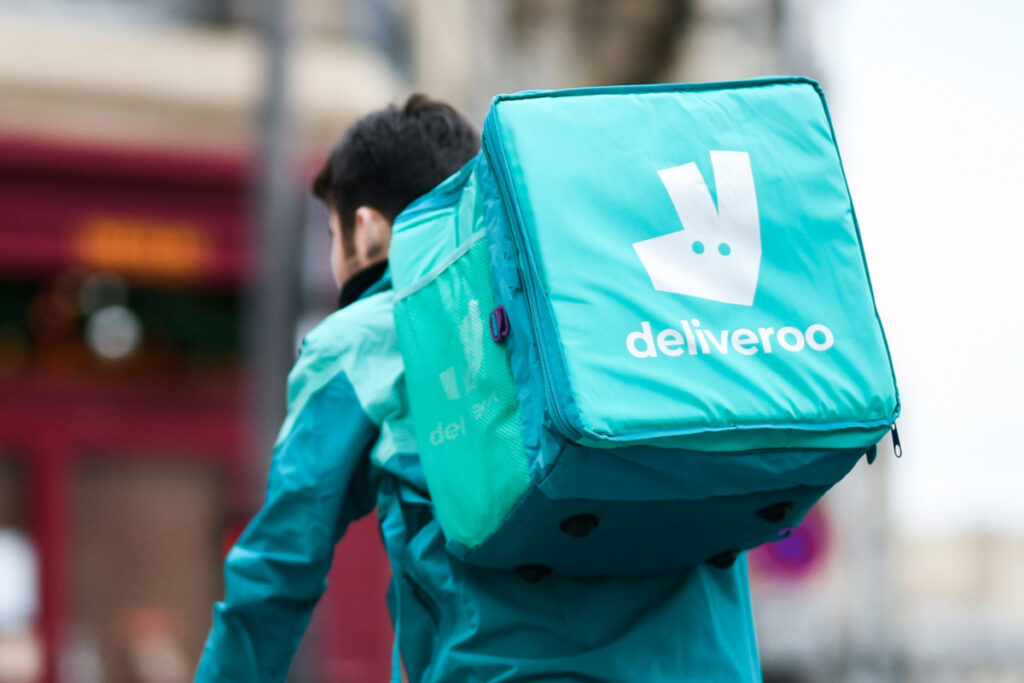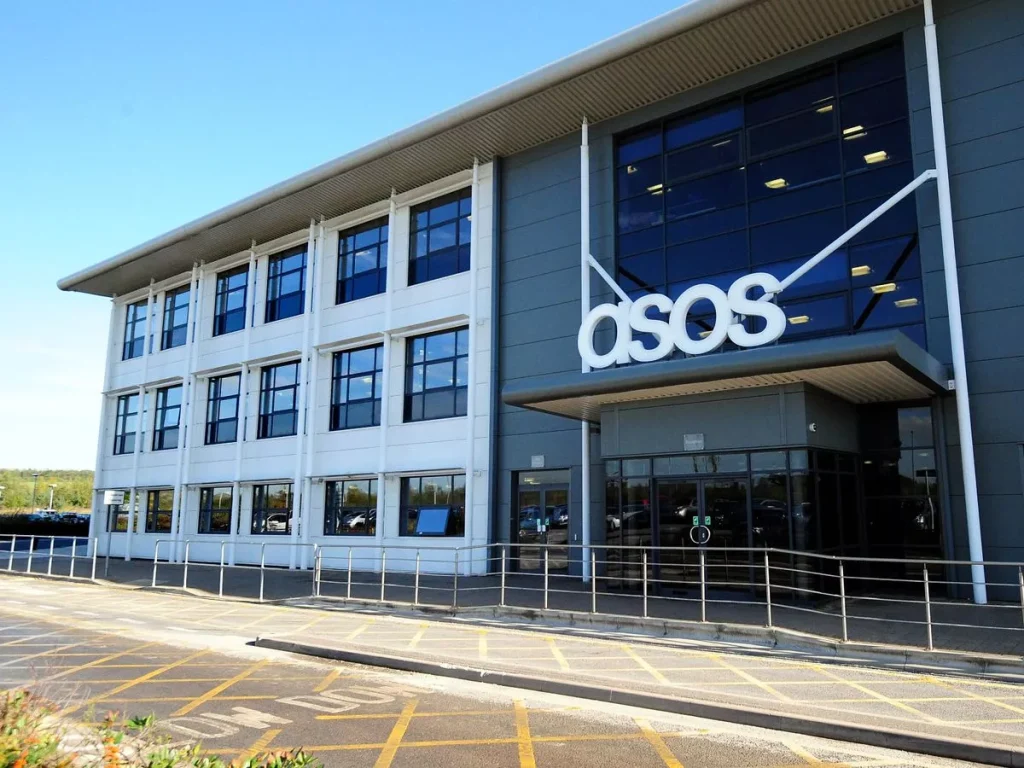WiFi‘s role must be considered by retailers in their future strategies in order to engage successfully with their customers.
The UK‘s High Streets are under pressure and February‘s warning from CRR boss Professor Joshua Bamfield re-affirmed this, predicting that “the decline of high streets is accelerating. Our research shows around 12,000 stores may close this year, an increase of 2,000 over 2013”. It‘s a stark warning, but bucking the trend is a number of retailers who have chosen to embrace omnichannel strategies to integrate the success of their online sales with in-store experiences. Retailers take note.
Both John Lewis and House of Fraser have cited their omnichannel strategies for the success of the 2013 Christmas sales. The key to success is integrating their highly evolved and content driven websites, with their bricks and mortar stores. And WiFi plays a crucial role.
Where many consumers now use their mobile devices to ‘showroom‘ and check for online deals and coupons, WiFi is playing an increasingly prevalent role for retailers. Lack of a mobile signal in some stores, costs of mobile data and WiFi-only tablets, mean many people will choose a store with free WiFi, and go on to make a purchase, over another, increasing competition on the high street. WiFi‘s role must be considered by retailers in their future strategies to engage successfully with their customers.
With busy lives and 24/7 availability through connected-devices people don‘t have the time to scour for the latest deals. Mobile lends itself to ‘productive shopping‘; streamlining the process from curating product options, to negating the need to queue. Research commissioned by Quidco.com in 2013 found that men get bored of shopping in just 26 minutes, women in 2 hours. If retailers only have a limited window of opportunity to engage their customers and up-sell products from across the store, then creating the most engaging experience is paramount. In addition, according to Google, the average smartphone user checks their phone 150 times a day, 45% of those look at their phone during the in-store shopping process and 20% will change what they‘re going to buy as a result.
Shoppers are craving more from their in-store experiences; they see the possibility to infuse the physical store with mobile and other connected technologies to offer product information, mitigate frustrations and personalise the experience.
Surprisingly, giving the plethora of practical implications in-store WiFi affords, three-quarters of UK retailers do not offer in-store WiFi and those that do, often do not clearly communicate the availability of the service. One supermarket to accept this growing trend is Waitrose. In January 2014 Waitrose announced it will be implementing WiFi throughout its stores this spring, enabling customers to browse its website and place orders. Another example is the Huddersfield‘s Kingsgate shopping centre that now offers social WiFi throughout the shopping centre, providing personalised login pages that promote offers and communicates news.
Implementing free WiFi in-store and employing data analytics to understand shopping habits and trends in-store, can create the shoppers dream scenario. The retailer that utilises analytics can gain a deep, detailed visibility across the entire supply chain informing their decisions from promotions, to inventory, events, staffing and more. This rich data can provide a greater understanding of the customers‘ behaviour both in-store and online; enabling retailers to be more proactive and timely in the targeting of their marketing to affect purchase decisions. Earlier this year in predictions for the advertising industry in 2014, Ashley Friedlein chief executive of Econsultancy, said, “in 2014, technologies will start to improve for matching up the consumer journey from online to offline, allowing advertisers to target consumers based on th





























